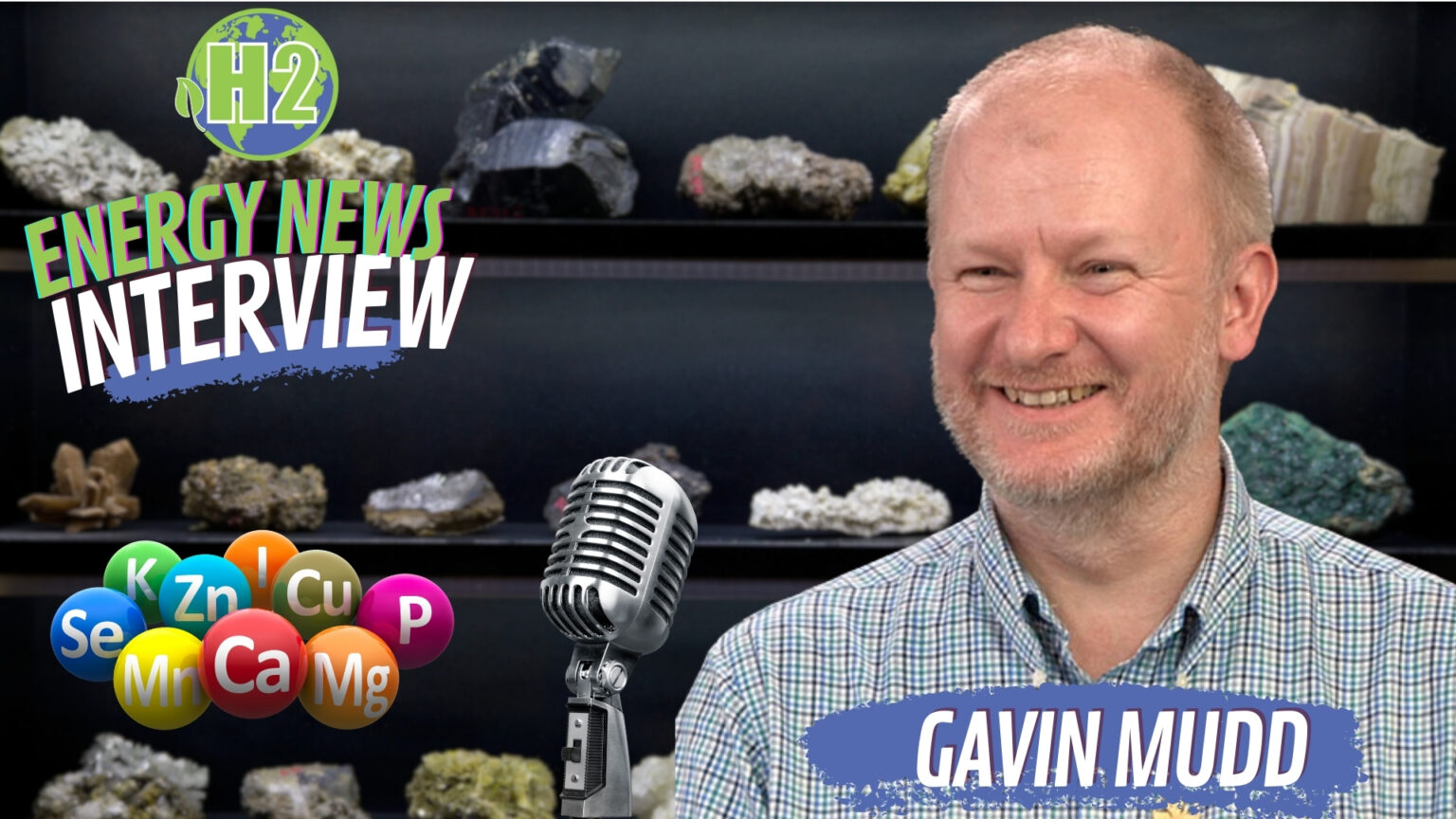Demand for critical minerals is set to rise by over 400% by 2050, driven primarily by renewable energy technologies, electric vehicles, and digital infrastructure.
WATCH THE FULL INTERVIEW HERE
With this staggering increase comes the imperative to scrutinize supply chain vulnerabilities—an issue already underscored by geopolitical dependencies and environmental considerations. For instance, 60% of global cobalt supply comes from the Democratic Republic of Congo, often fraught with political instability, raising alarms about economic and ethical resilience.
Complexity in Supply Chains: A Balancing Act
Critical minerals—such as lithium, cobalt, and rare earth elements—power the technologies transforming energy and mobility. Yet their supply chains are anything but straightforward. Many critical minerals are by-products of other mining processes; indium, for instance, is extracted during zinc refinement, complicating resource planning. The economic vulnerability of relying on such companion metals is stark: while a copper mine may generate stable revenue, the minute fraction of indium it yields—often less than 0.1% of its total output—hardly incentivizes increased production.
Geopolitical influences further compound these complexities. China’s dominance in rare earth processing, with control over 87% of global refining capacity, has led to strategic tensions, especially as nations race toward renewable energy targets. Efforts to diversify supply chains, such as developing mines in Australia and Canada, are underway, yet remain hampered by lengthy permitting processes and social opposition.
Evolution of Criticality Assessments
Modern methodologies for criticality assessments have shifted beyond merely evaluating supply risks and economic impacts. Today’s assessments integrate environmental, social, and governance (ESG) metrics. For instance, the extraction of rare earth elements often results in radioactive waste. Communities in mining regions have voiced growing concerns about these residuals, urging policymakers to rethink governance models. Tools such as the World Bank’s governance index and recycling metrics have become integral to painting a comprehensive picture of mineral criticality.
Recycling and Circular Economy: Incremental Progress
Recycling holds promise but is no panacea. Lead-acid batteries exemplify a nearly closed-loop system, achieving recycling rates above 90%. However, other metals, such as lithium from electric vehicle batteries, lack established recycling pathways at scale. Building this infrastructure demands substantial investment—not just in technology but also in consumer behavior change. Even where recycling is feasible, the economics can be prohibitive; recycled materials often cost more than those freshly mined due to logistics and technical processing requirements.
One notable success in circular economy initiatives is the Fairphone’s modular design, which allows for component replacement rather than whole-device disposal. Such innovations underscore the role of product design in facilitating recycling, but they also highlight the need for regulatory frameworks mandating minimum recycled content in new products.
Geopolitics and Mining Governance
Historical supply disruptions offer lessons for mitigating future risks. The cobalt crisis of the late 1970s, precipitated by civil unrest in the Congo, spurred material substitution in aerospace alloys. Similar disruptions—such as China’s rare earth export restrictions in 2010—highlight the necessity for diversified supply chains and strategic stockpiling. Moreover, robust mining governance is critical. Transparency in environmental and social impact reporting can build trust, particularly in regions like Europe where historic mining practices have left a legacy of contamination and public mistrust.
Innovations in Material Substitution and Design
Advancements in material science offer potential pathways to alleviate dependency on critical minerals. Lithium iron phosphate (LFP) batteries, for example, have gained traction as a substitute for cobalt-intensive chemistries. However, such substitutions often come with trade-offs in energy density and performance. Similarly, reducing the gold content in electronics has minimized costs but challenges recyclers, as gold’s value historically incentivized material recovery.
Leveraging Technology: AI, Automation, and Robotics
Artificial intelligence (AI) is reshaping exploration by identifying patterns in geological data that were previously undetectable. For instance, machine learning models have enhanced predictions of where untapped mineral deposits may lie, streamlining the exploration phase. Meanwhile, automation and robotics are transforming mining operations, improving both efficiency and safety. Autonomous haul trucks and drilling systems—already operational in Australia—exemplify how these technologies reduce operational costs and environmental impacts.
Strategic Frameworks for Resilient Supply Chains
Ensuring the stability of critical mineral supply chains demands a multi-faceted approach. Governments and industries must:
- Diversify sourcing to reduce over-reliance on specific regions.
- Invest in recycling technologies and infrastructure to create secondary supply streams.
- Develop transparent and responsible mining practices to address ESG concerns.
- Foster global collaboration to standardize governance and trade policies.
Such strategies require significant commitment, but they also present opportunities for economic leadership. Countries that effectively align their mineral policies with renewable energy goals may well emerge as global powerhouses in the green economy.





